Overview
Map
Other Details
كنيسة السيّدة الرعائيّة
Aaqoura
Jbeil
Mount Lebanon
كنيسة السيّدة الرعائيّة - العاقورةبنيت الكنيسة الأولى على أنقاض هيكلٍ رومانيّ كرّس للزهرة، أواسط القرن الخامس عشر، وكانت كنيسةً كبيرة حَوَت مكتبة مخطوطات مهمّة. رُممّت الكنيسة وجُدّدت عدّة مرّات لكنّ الكنيسة القديمة هُدُمت أواسط القرن العشرين لتبنى الكنيسة الحاليّة الأكبر. تحوي الكنيسة على بيت قربان رخاميّ من أثر الكنيسة القديمة، كذلك العديد من اللوحات المحليّة العائدة للقرنين السابع والثامن عشر.The Parish church of Our Lady - AqouraThe church was built over a roman temple dedicated to Venus, in the mid XVth century. The church had a rich manuscript library. It was restored many times, yet the old church was destroyed in the mid XXth century to make space for the new bigger church. The church holds the marble tabernacle of the old one and a collection of locally made paintings dating back to the XVIIth and XVIIIth century.
Visited 2229 times, 1 Visit today


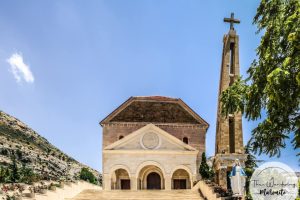
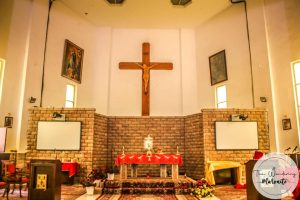
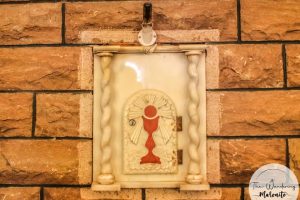
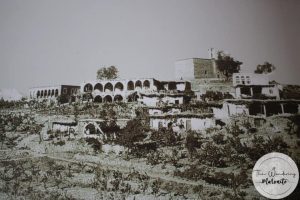
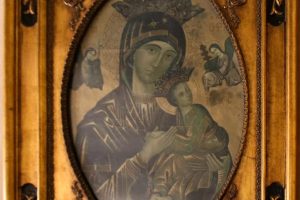





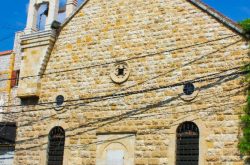
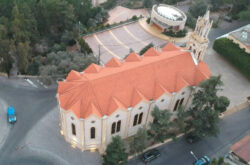

Reviews are disabled, but trackbacks and pingbacks are open.